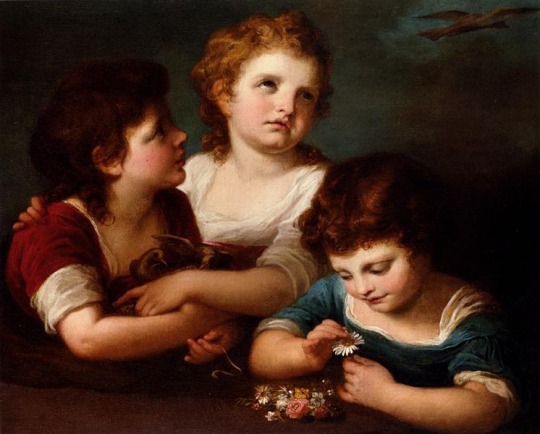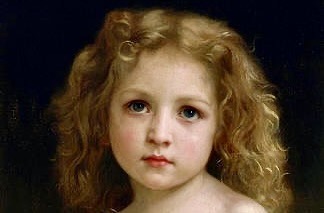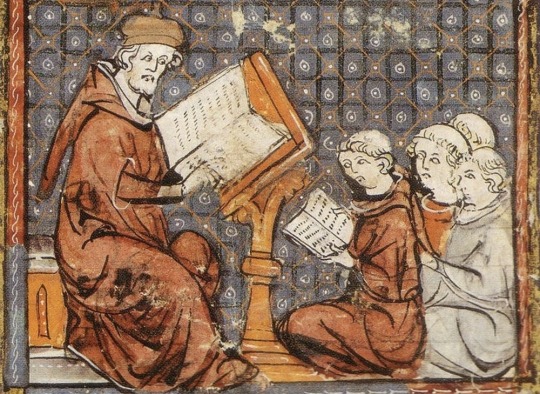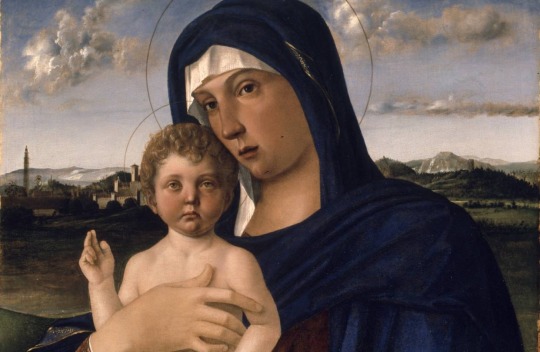#Milevaolivera
Explore tagged Tumblr posts
Text
DESPINA HATUN IN FICTION II

“Olivera; this blonde beauty of the Slavic race had a body as beautiful as Venus and coquetry as a Cleopatra (…) She was a woman with blond hair, blue eyes, a slim waist, and a nice figure. With this beauty of hers, she could have captured anyone she encountered. "Here was a great ruler who dominated the world, this woman's slave, the toy of her desires." Enver Benhan Sapolyo describes Bayezid's love for Olivera with these sentences. ---> Osmanlı Sarayı’nda Bir Sırp Prenses: Mileva Olivera Lazarevic by Mustafa Caghan Keskin.

The novel that was release to the public in 1944 follows the usual hatred and scapegoating by Ottoman/Turkish historians to Despina Hatun. As always it starts with compliments towards her beauty and charms and ends with distain towards her person.
By comparing her to Cleopatra, Şapolyo draws attention to the false idea that like Cleopatra, Olivera used her beauty and flirtations to make a devoted slave out of Bayezid/Yildirim.
Cleopatra wasn't a seductress and neither was Despina Hatun. Both women were highly educated and had leading personalities that played in their favor during their times.
Cleopatra wasn't as beautiful as many believe, she was a scholar, a woman with a wise tongue, that's how she attracted. And though by the statements of many Turkish sources who often describe the beauty of Despina Hatun as ethereal. I do not believe that in a harem full of beautiful concubines, beauty is what kept Despina Hatun in high status in the eyes of Sultan Bayezid, even if she was the most beautiful and alluring during Bayezid's reign.
It ( her beauty ) might have attracted him to her, but beauty does only that. It attracts, it does not keep and maintain one's devotion to another, especially for 12 years.
------------------------------------------------------------------------------
Arriving at the end of the novel he ( Şapolyo ) finish his novel by making Despina Hatun turn into a seductress no longer interested in Bayezid. no no no, his version of Despina Hatun has her eyes set on a bigger target; Timur. Yes, the same man who could have possibly made her serve him half naked at a banquet during her captivity.
The heartbroken Bayezid spits in the direction of Despina's face (as one does) then calls her a b!tch (because why not just add that in) and then take his own life by drinking poison.
This novel like many Turkish beliefs about Despina Hatun scapegoat her for Bayezid's own demise. It ignores the trauma she suffered by not only her own humiliation but also her husband.
Overall the whole novel is yet again a scapegoat projects of Turkish writers. I woudn't read it, neither will I even think of spending money on it.
I'll give it a 1.5/10. 1 for decent scapegoating. 0.5 for imagination and creativity, it would have been a whole 1, but the plot has been done before.
#geology#mariaoliveralazarevic#Oliverahatun#DespinaHatun#Princessmariaoliveralazarevic#Mariahatun#Hatun#Sultana#LazarevicDynasty#medievalserbia#royalife#Moravianserbia#oliverdespina#Milevaolivera#princess#Despina Hatun#Olivera Despina#Olivera Hatun#BayezidI#Bayezid I#sultan bayezid#Bayezid The Thunderbolt#Bayezidthethunderbolt#Yildirim Bayezid#YildirimBayezid#Yıldırım Beyazıt#YıldırımBeyazıt#Enver Behnan Şapolyo#EnverBehnanŞapolyo#novel
2 notes
·
View notes
Text
CHILDREN OF DESPINA HATUN

………. Hatun ( unknown name ) - Married Damad Ebu Bekir Mirza, son of Miranshah Mirza during or after Bayezid's captivity.
Pasa Melek Hatun - Married Damad Emir Celaluddin Islam son of Emir Şemseddin Mehmed; one of Timur's generals during or after Bayezid's captivity.
Oruz Hatun - Married an unknown man.
Oruz had a daughter named Ayse Hatun.
#geology#mariaoliveralazarevic#Oliverahatun#DespinaHatun#Princessmariaoliveralazarevic#Mariahatun#Hatun#Sultana#LazarevicDynasty#medievalserbia#royalife#oliverdespina#Milevaolivera#princess#Despina Hatun#Olivera Despina#Olivera Hatun#Oruz hatun#Oruzhatun#Pasamelekhatun#Pasa Melek Hatun#Bayezid I#Bayezid The Thunderbolt#Yildirim Bayezid#Timur#Timurid Dynasty#House of Osman#ottoman empire#Ottoman#Battle of Ankara
4 notes
·
View notes
Text
The Early Life Of Despina Hatun
Maria Olivera was born around 1372-1373 possibly late 1372 or early 1373 in the rich capital of Krusevac as the youngest daughter of Great Prince Lazar and Grand Princess Milica.

Alike of many other European societies during the Middle Ages, education in Moravian Serbia, for those who could afford it started at a pretty young age, 5-7 years of age.
Her father; Lazar made sure to open various public schools near monasteries for the less fortunate and opened a private one in the court of Krusevac for his own children and other children of the court; in other words other children of nobility, possibly also containing her ladies in waiting and companions.
The schools were led by priests and monks who offered knowledge in Christian theology and philosophy, writing, and reading in their mother's tongue.
Her early life was mostly filled with education, education and more education. (The children of Prince Lazar were considered the most educated in their time.)
Apart from school, from private foreign tutors and under the strict supervision of her mother; Grand Princess Milica, and aunt; nun Jefimija she learned Latin, Greek, mathematics, singing, literature, and the secrets of diplomacy and etiquette for a Princess.
She also learned how to run a household from her mother, either by observing or by her mother educating her on the topic of becoming the mistress of the house.

When away from her studies, Olivera was likely preoccupied with the various musicians, jesters, actors, weavers, tailors, magicians, and preachers coming for a quick stay at her father's court, who offered her temporary entertainment like songs, plays, clothing, and jewerly.
Like the rest of her family, Olivera was passionate about literature and art.
The palace of Krusevac contained a large library where the royal children were educated. The library contained various native and foreign translated scriptures, the foreign scriptures in question were Greek, Arab and Indian, containing history as well as fiction; which Olivera seemed to be a fan of, as she would later become a patron of art and literature.

In 1381, the family suffered the loss of the youngest prince; who unfortunately died in infancy.
Years later between 1387 and 1388, Olivera's elder unmarried sister; Teodora was married off and left the capital leaving Olivera as the only unmarried Princess.
Some sources claim that growing up Olivera was the favorite of everyone, the people, her parents, her sisters, and her younger brothers, but perhaps this legend was due to her sacrificial marriage.

Though all Lazarevic members participated in the knight tournaments, especially the princes. Olivera as the rest of the female family members most likely stayed on the sidelines to watch.
Her life was mostly filled with duties and education, but she did have time for other activities and hobbies like art, literature, and knight tournaments. She seemed to have a rich and peaceful life up until The beginning of 1389.
( Sources: „Књижевни лик кнеза Лазара у старој српској књижевности." Od roda Nemanjića by Dr Miladin Stefanović. Book: Daily life in medieval Serbia by Marko Popović, Smilja Marjanović-Dušanić, Danica Popović.)
#geology#mariaoliveralazarevic#Oliverahatun#DespinaHatun#Princessmariaoliveralazarevic#Mariahatun#Hatun#Sultana#StefanLazarevic#despotstefan#Lazar#Knezlazar#tsarlazar#JelenaLazarevic#LazarevicDynasty#medievalserbia#PrincessMilica#MilicaNemanjic#MilicaHrebeljanovic#royalife#Moravianserbia#knights#knighttournaments#oliverdespina#Milevaolivera#childhood#princess#Despina Hatun#Olivera Despina#Olivera Hatun
6 notes
·
View notes